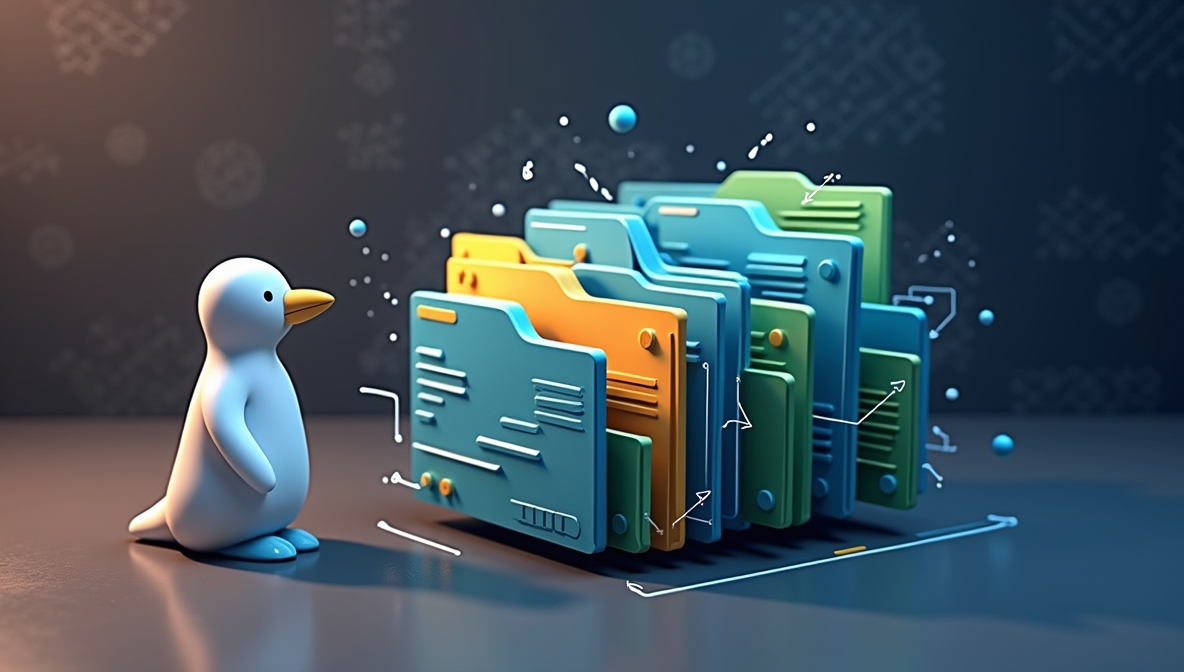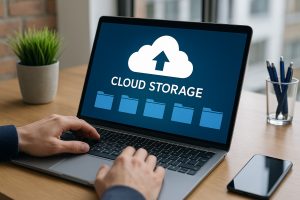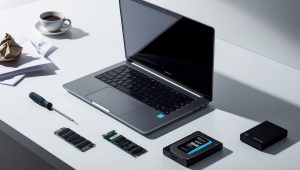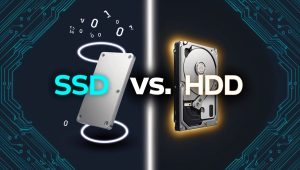Building a Home Media Server: What You Need to Know
Creating a home media server is an excellent way to centralize your digital media collection, allowing you to stream movies, music, and other content to any device in your home. This guide will walk you through the essentials of building your own media server, from selecting the right hardware to setting up the necessary software.
Why Build a Home Media Server?
A home media server offers several benefits:
- Centralized Storage: Keep all your media in one place, accessible from any device.
- Flexible Access: Stream content to TVs, computers, smartphones, and tablets.
- Customization: Tailor the server to your specific needs, whether it’s for movies, music, or both.
- Cost Efficiency: Save money compared to subscription streaming services by hosting your own media library.
Choosing the Right Hardware
Processor and Memory
The power of your processor (CPU) and the amount of memory (RAM) you need depend on how you plan to use your media server. For basic media streaming, a modest CPU and 4GB of RAM should suffice. However, if you plan to stream 4K content or run multiple streams simultaneously, consider a more powerful CPU and at least 8GB of RAM.
Storage Options
Storage is a critical component of your media server. Consider the following options:
- Hard Disk Drives (HDDs): Offer large storage capacities at a lower cost, ideal for storing extensive media libraries.
- Solid State Drives (SSDs): Provide faster read/write speeds but are more expensive. SSDs are ideal for the operating system and frequently accessed files.
- Network Attached Storage (NAS): If you have a large media collection, consider using a NAS device for expandable storage that can be accessed by multiple devices.
Network Considerations
A fast and stable network is essential for smooth streaming. Ensure you have a reliable router with at least gigabit Ethernet capabilities. If you’re planning to stream 4K content, consider using a wired connection for the best performance.
Power Supply and Cooling
Media servers often run 24/7, so a reliable power supply and adequate cooling are crucial. Choose a power supply that meets your system’s power needs, and ensure proper ventilation to prevent overheating.
Selecting the Right Software
Operating System
Your media server’s operating system (OS) will determine how you interact with your server. Some popular options include:
- Windows: Offers a familiar interface with broad software compatibility.
- Linux: Free and highly customizable, but requires more technical knowledge.
- FreeNAS: A popular choice for NAS setups, offering a user-friendly interface with robust features.
Media Server Software
Once your OS is set up, you’ll need media server software to manage and stream your content. Some top choices are:
- Plex: Widely used for its ease of use, robust features, and cross-platform compatibility.
- Emby: Similar to Plex but offers more customization and flexibility.
- Jellyfin: An open-source alternative to Plex and Emby, ideal for users who prefer open-source solutions.
Setting Up and Configuring Your Media Server
After installing the OS and media server software, you’ll need to configure your media server:
- Add Media: Organize and add your media files to the server’s library. Properly labeling and organizing your media files will help the server software to categorize them correctly.
- Set Up User Accounts: If multiple people will be using the server, set up user accounts with appropriate permissions.
- Configure Streaming Options: Adjust streaming settings for different devices, ensuring smooth playback across your network.
- Enable Remote Access: If you want to access your media server from outside your home network, configure remote access features in your media server software.
Security Considerations
Protecting Your Data
Your media server will contain a significant amount of personal data, so security is paramount. Consider the following:
- Firewall and Antivirus: Ensure your media server is protected by a firewall and updated antivirus software.
- Regular Backups: Regularly back up your media library to avoid data loss in case of hardware failure.
- Password Protection: Use strong passwords for your media server and any remote access accounts.
Managing Permissions
If multiple users will access the media server, carefully manage permissions to control who can add, delete, or modify content. Most media server software allows you to set up different user roles with varying levels of access.
Expanding Your Media Server
Adding More Storage
As your media collection grows, you may need to expand your storage. Consider adding more HDDs, using external drives, or expanding your NAS storage.
Enhancing Performance
If you notice slowdowns or buffering during streaming, you might need to upgrade your hardware. Increasing RAM, upgrading to a faster CPU, or switching to SSDs can significantly improve performance.
Streaming to Multiple Devices
To stream content to multiple devices simultaneously, ensure your network can handle the load. Upgrading your router, using wired connections, or even setting up a dedicated streaming network might be necessary.
Conclusion
Building a home media server is a rewarding project that provides you with a centralized hub for all your digital media. With the right hardware, software, and security measures, you can enjoy seamless media streaming across all your devices.












Post Comment